A family ski holiday is a great time to try some snowy science experiments, especially if you live somewhere where there's not usually much snow. An alpine ski resort is the perfect location for lots of exciting science. From appreciating the effects of altitude on the human body and the impact of a frozen landscape on nature to understanding the science of skis and the forces involved in skiing safely down a slope, a ski holiday offers a unique opportunity to turn a fun family trip into a hands-on and engaging learning experience.
All four seasons are full of inspiration for science experiments, but there's something extra special about a snow covered mountain.
I recently read an article on how to add science learning and experiments into a family ski trip with Sno, which inspired me to create this list of easy experiments you can do with kids in winter and at altitude without any special equipment.
Science Experiments at Altitude
The Expanding Crisp Packet
You've probably been on a plane and noticed a snack bag fill with air, but did you know this can happen at mountain altitudes too?
Next time you're driving up a mountain or heading up a ski lift, watch how a sealed crisp bag or snack packet changes as the altitude increases.
You should find that the packet looks and feels more inflated at higher altitudes.
Why does the packet become more inflated?
The crisp packet was sealed at a lower altitude where atmospheric pressure is higher than at higher altitudes. A certain amount of air was trapped inside the bag at that higher pressure.
As altitude increases, the atmospheric pressure outside the bag decreases, but the amount of air inside the bag stays the same. This means the air inside the bag now exerts greater pressure on the air outside, making it puff up.
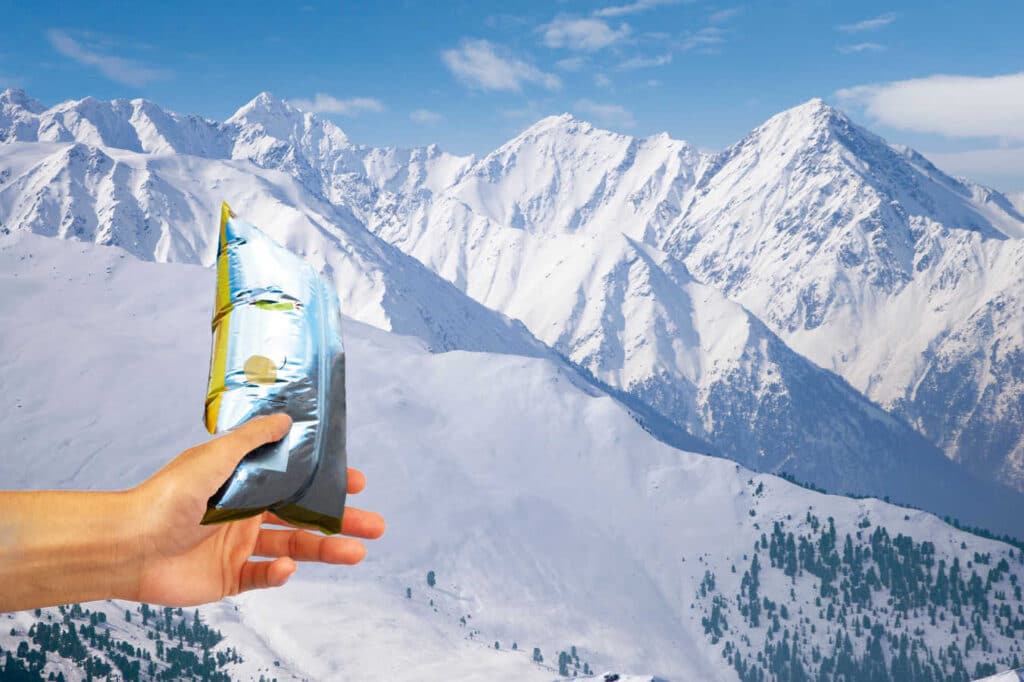
Altitude Taste Test
If you like to ski with a pocket full of energy-boosting snacks, this is the ski holiday science investigation for you!
Did you know that altitude can change the way you perceive taste? Lower oxygen levels are thought to affect the olfactory receptors in the nose, which play a role in how we taste.
Changes in air pressure can also affect taste buds.
Do things taste different at altitude?
You'll need
A sweet, sour or salty snack ( or maybe all 3 ).
Instructions
Taste the snack at the lowest altitude you can and record the strength of the flavour on a scale of 1-10.
Taste the snack again at a higher altitude and try the taste test again.
Remember that the person tasting the snack must be the same.
A fun variation of this is for one person to feed another a couple of flavours of jelly beans and see if they can tell the difference between colours or flavours at the different altitudes.
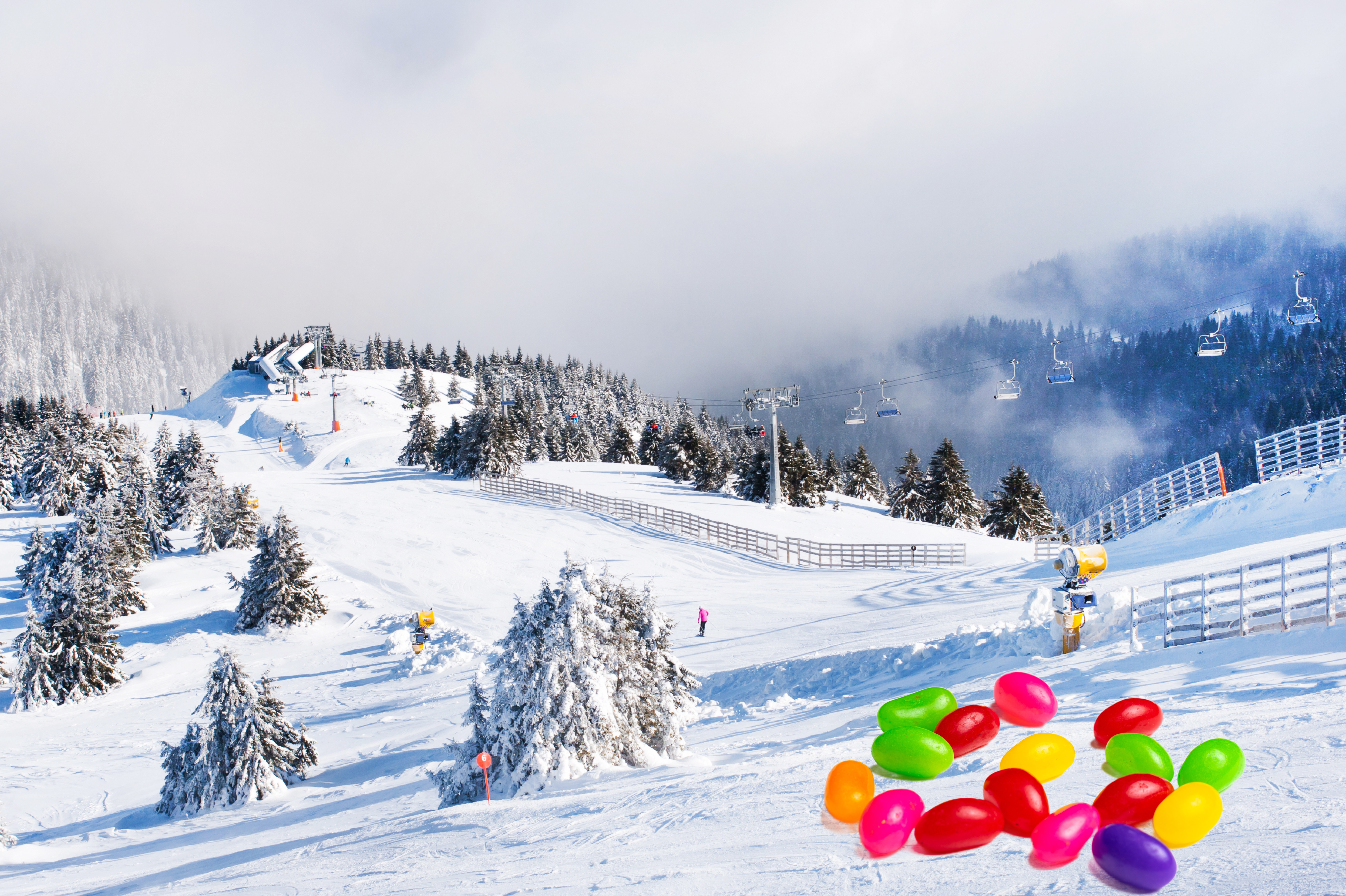
You can also use jelly beans to explore the effect of smell on taste.
Science Experiments in the Snow
Super snowballs
This activity is a fun investigation into how using different types of snow changes the properties of the snowballs made.
You'll need
Fresh powdery snow
Wet snow
Instructions
Pick up a handful of the fresh snow and squash it together in your hands to make a snowball.
Pick up a similar amount of wet snow and squash it together to make a snowball.
What's happening
You should find that snow takes up less space when in a snowball shape than when it is loose. By squashing the snow in your hands, you are increasing its density. Loose, fresh snow has a low density as there's lots of air trapped between the flakes of snow. When you squash the snow to make a snowball, you are pushing the snowflakes closer together and squeezing out a lot of the air. This reduces the volume of the snow and increases its density while the overall mass stays the same.
The wet snow should make a dense snowball more easily than the loose snow, as there is less air between the snowflakes.
A denser snowball will be harder, so take care if you use these for a snowball fight!
Extension task
Collect two handfuls of snow, trying to make sure they are similar sizes. Place one handful on a plate loosely, squash one into a snowball shape, and place that on a plate too. Put both plates in the sun and watch to see which melts first. The denser snowball should melt more slowly as it has less surface area exposed to the sun.
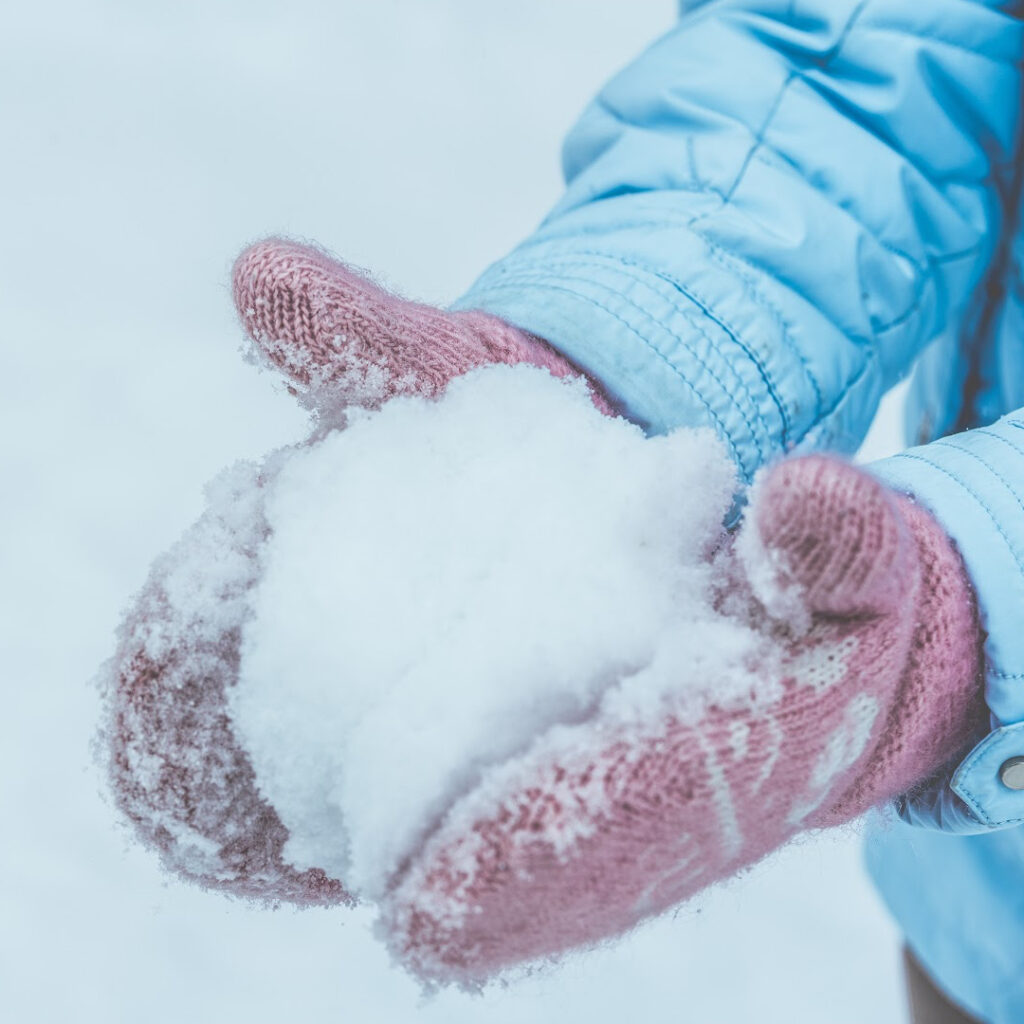
Stop the Freeze
This simple activity teaches children about insulating materials. The idea is to cover a cup of snow with materials that will prevent it from melting or becoming icy.
You'll need
Two small containers
Snow
Different materials - bubble wrap, paper, a scarf or a glove
A very cold night
Instructions
Fill both containers to the top with snow.
Completely cover one container with insulating materials.
Leave both containers outside overnight.
In the morning, check the snow in each container.
If the night was cold enough, you should find that the exposed snow has become icy, while the insulated snow has mostly stayed the same.
An alternative to this activity is to leave the containers in the sun to investigate whether the insulating materials stop the snow from melting.
Snow Volcano
I know people don't usually take baking soda and vinegar on holiday, but if you fancy doing a bit of shopping when you're there, a snow volcano is always great fun!
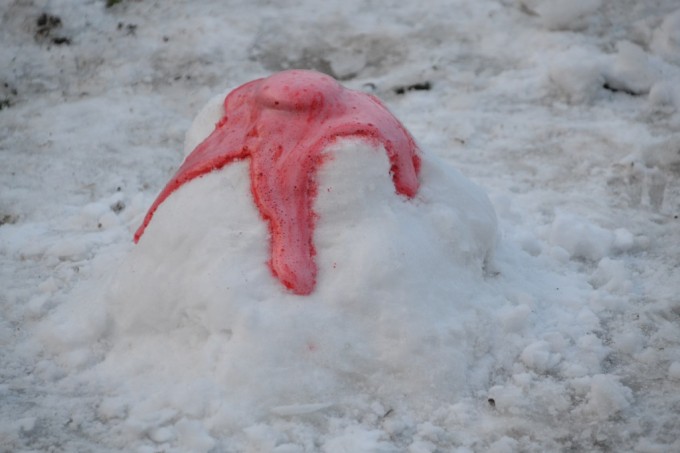
More science ideas for your ski holiday
Skis and Friction
Do you find your skis or snowboard go much faster after being waxed? This is because of friction. The rougher the surface, the greater the effect of friction. When skis are well used and rough, there's more friction between them and the snow, which slows them down.
Freshly waxed smooth skis will feel smoother and faster as you ski down a slope, as there's not much friction between the snow and the skis.
Read more about the science behind skiing.
How do snowshoes work?
Find out how snowshoes work and design your own with my easy snowshoe STEM Challenge.
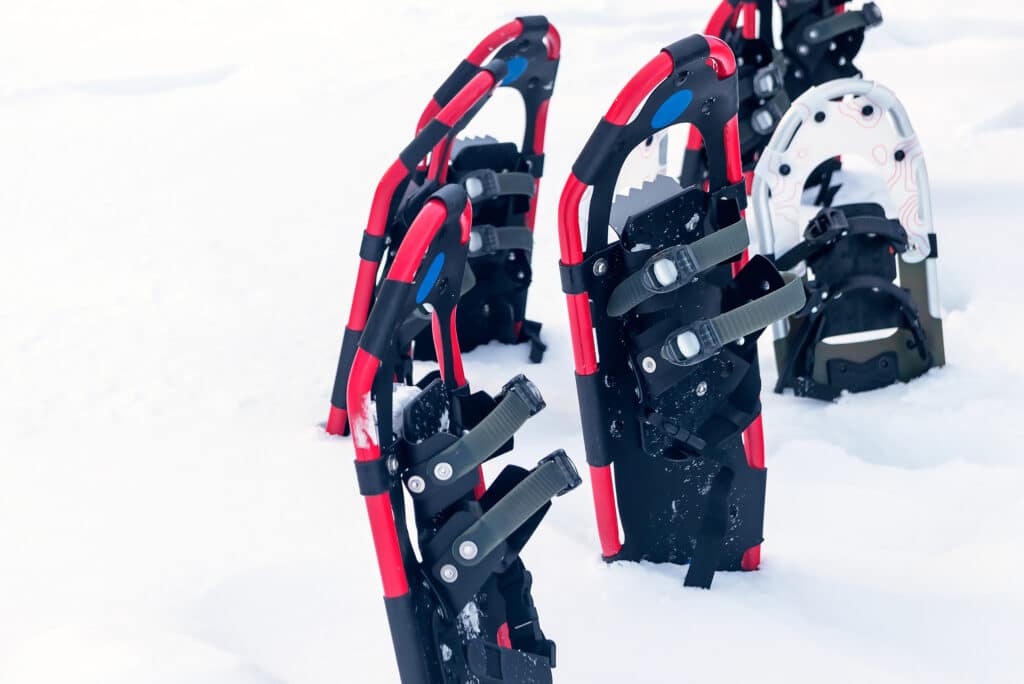
Do you have any more science ideas for a ski holiday we can add to our list?
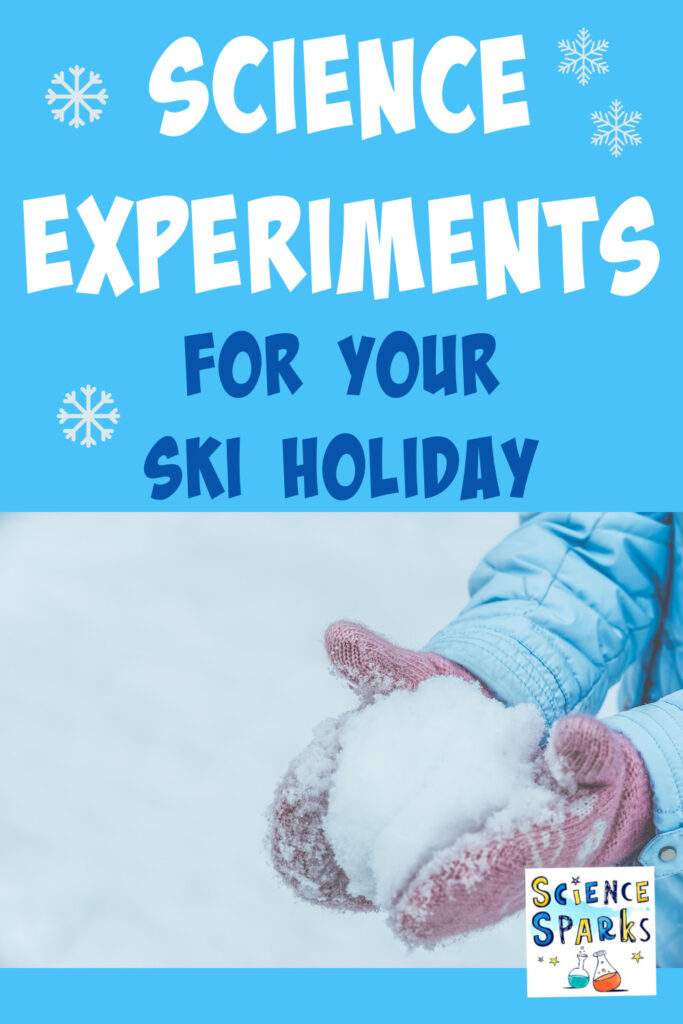
Last Updated on May 14, 2025 by Emma Vanstone
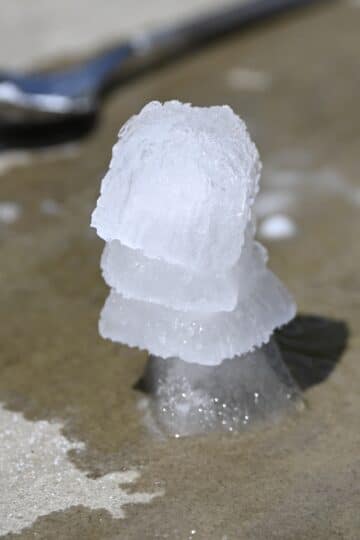
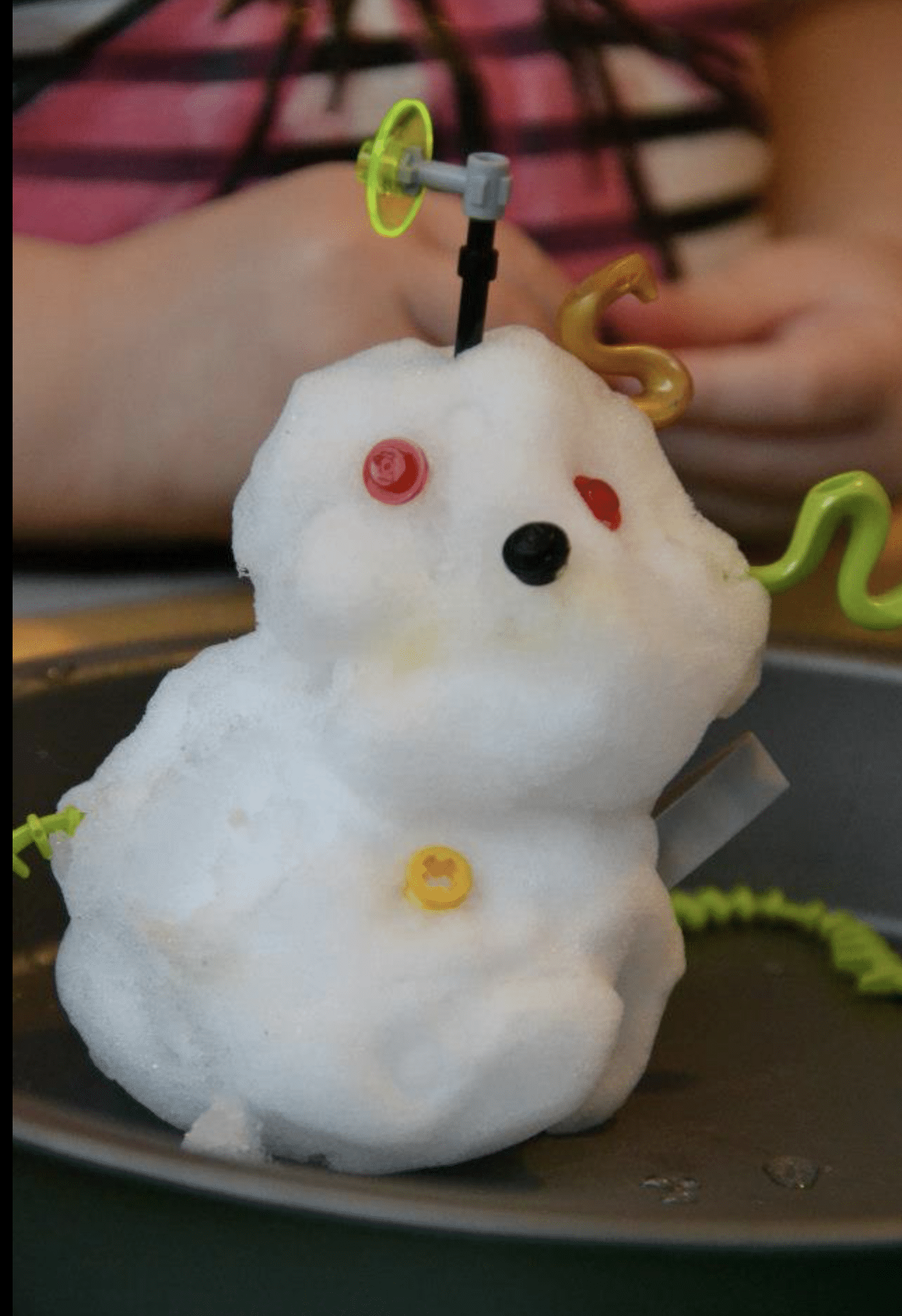
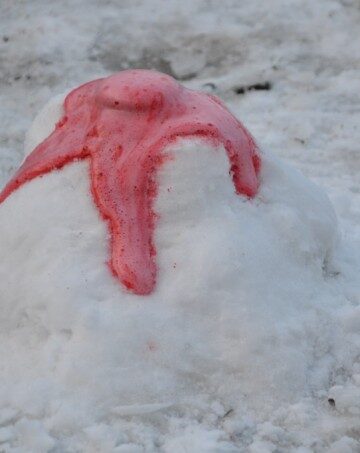
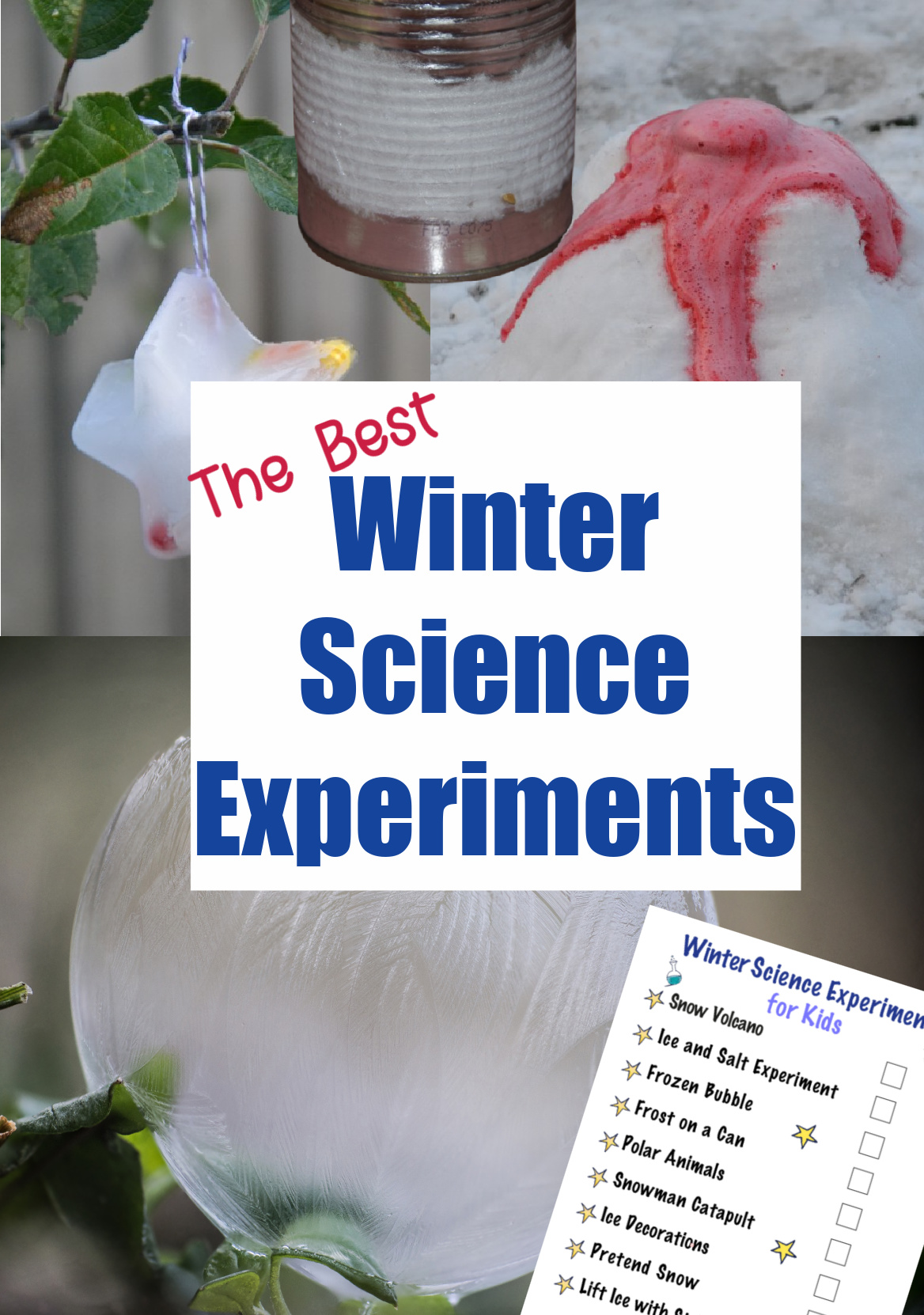
Leave a Reply